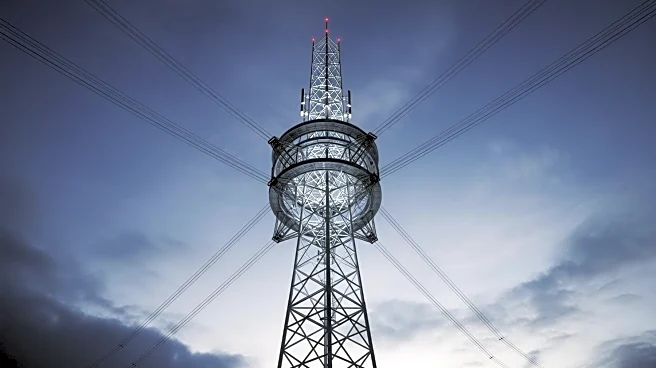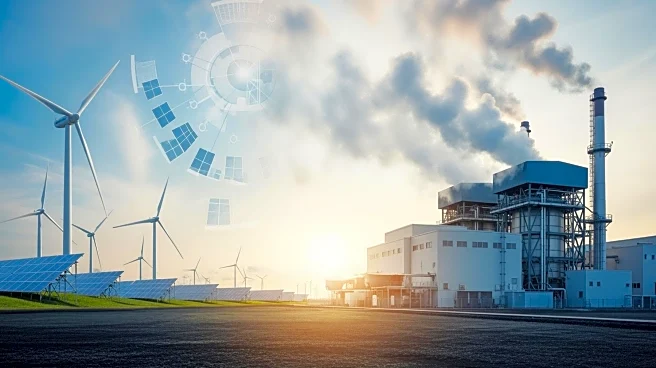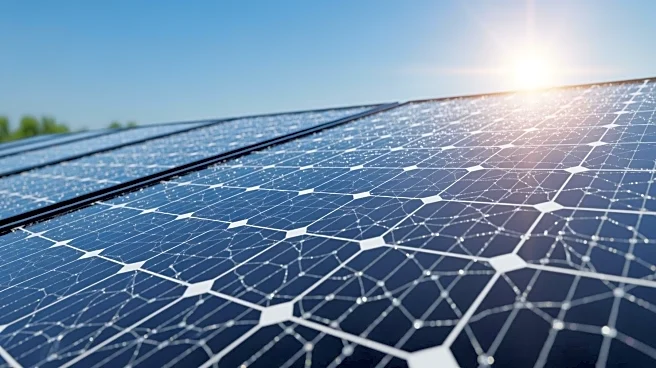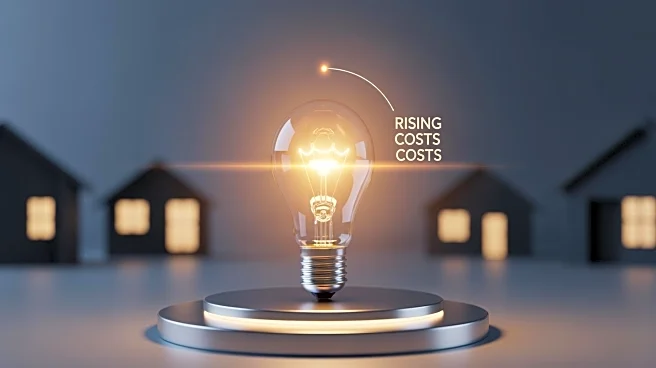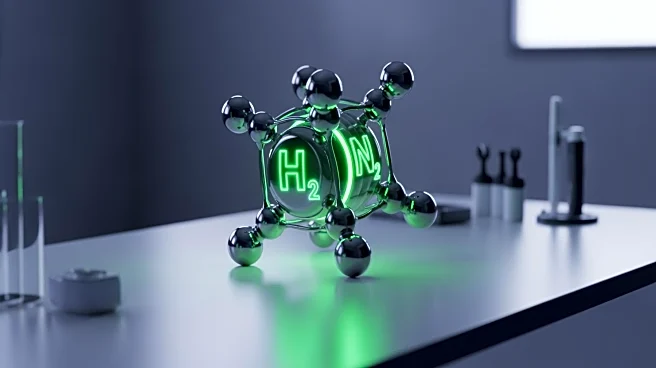What's Happening?
JERA Energy provides a detailed explanation of transmission lines, which are essential for carrying electricity over long distances from power generation plants to substations. These lines operate at extra-high
voltage levels, typically 66 kV and above, to minimize power losses. Transmission lines are constructed using high-strength conductors and large steel towers. They are categorized into primary transmission lines, which operate at 132 kV and above, and secondary transmission lines, which operate between 66 kV and 132 kV. The company also discusses low tension (LT) lines and high tension (HT) lines, which serve different purposes based on their voltage levels.
Why It's Important?
Understanding transmission lines is crucial for optimizing the electric grid system. These lines are vital for nationwide power distribution and cross-border power transfer, ensuring efficient delivery of electricity from generation sites to consumers. The high voltage levels used in transmission lines help reduce losses, making them a key component in maintaining the reliability and efficiency of the power grid. Additionally, the integration of renewable energy sources into the grid often relies on transmission lines to transport power from remote generation sites.



